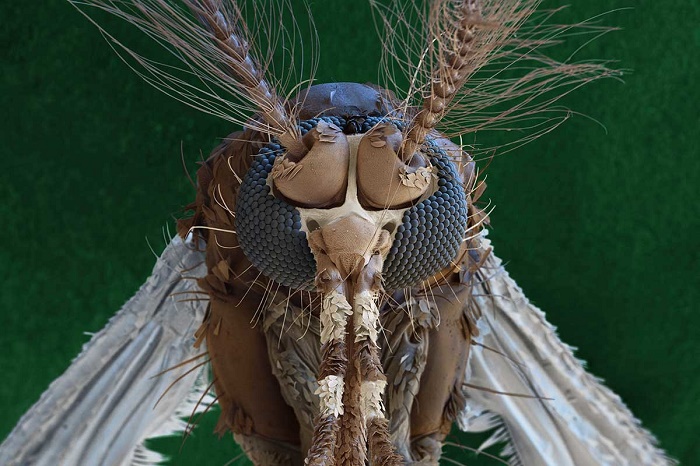The sterile-insect technique involves releasing millions of males sterilised by radiation. They are harmless to people because male mosquitoes, for instance, don’t bite or spread diseases.
The females they mate with don’t produce offspring because any embryos fertilised by the damaged sperm die – so provided sterile males outnumber wild ones, the population crashes. Much the same effect can be achieved through genetic modification.
This method was first used in the 1950s and has notched up some notable successes, such as eliminating the flesh-burrowing screw worm from the US and Mexico. It is still widely used, with facilities being built in Brazil to mass-produce both irradiated and genetically modified male mosquitoes to combat the Zika virus.
A newer method of eradicating pests is to coat adults with larvae-killing viruses or pesticides that they then carry to breeding sites. This could be particularly useful for tackling Aedes mosquitoes, which breed in tiny pockets of water around dwellings such as rainwater-filled containers that are hard to target with sprays. Field studies show that the approach works – the tricky part is finding ways of coating lots of wild mosquitoes.
One-two punch
Bouyer knew that male mosquitoes attempt to mate with lots of females, so he decided to combine the approaches. The idea was that coated sterile males would not only prevent the females they successfully mate with from having offspring, but would also transfer the viruses or pesticides to the bodies of other females they try to mate with. These females would then transfer them to the water where they lay their eggs, killing any larvae there.
His team has now shown that the method works in lab tests using pyriproxyfen, a chemical that is harmless to adult mosquitoes but deadly to larvae. Further evidence comes from a separate field trial by US company MosquitoMate, which showed that releasing fertile males coated with pyriproxyfen reduces mosquito numbers.
At present, many cities in tropical countries rely on spraying or “fogging” with pesticides to keep numbers down. This can harm a variety of animals besides the insects. Because the sterile-male approach affects only the target species and can reduce pesticide use, it is seen as a green alternative.
Pesticide-loaded sterile males would be far preferable to indiscriminate fogging, but it may not even be necessary to use any pesticides. Bouyer’s team plans to use sterile males to spread a type of virus called a densovirus. Some members of this group only infect and kill the larvae of specific mosquito species.
If the combined approach works in field trials, it could be rapidly rolled out in countries with facilities for mass-producing sterile or genetically modified males. “Most of the people who work with sterile insects are very interested in this project,” Bouyer says.
More about:
















































